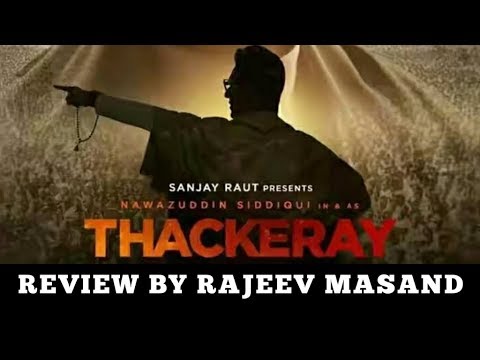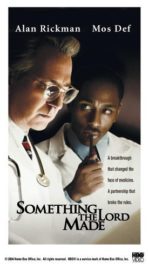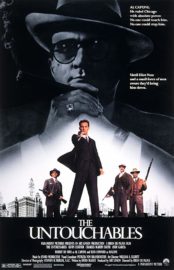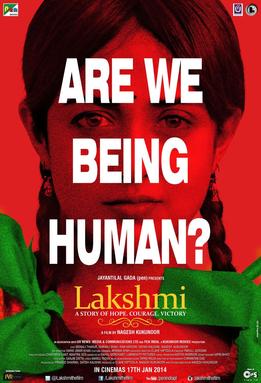“The Dark Knight Rises” leaves the fanciful early days of the superhero genre far behind, and moves into a doom-shrouded, apocalyptic future that seems uncomfortably close to today’s headlines. As urban terrorism and class warfare envelop Gotham and its infrastructure is ripped apart, Bruce Wayne (Christian Bale) emerges reluctantly from years of seclusion in Wayne Manor and faces a soulless villain as powerful as he is. The film begins slowly with a murky plot and too many new characters, but builds to a sensational climax.
The result, in Christopher Nolan’s conclusion to his Batman trilogy, is an ambitious superhero movie with two surprises: It isn’t very much fun, and it doesn’t have very much Batman. I’m thinking of the over-the-top action sequences of the earlier films that had a subcurrent of humor, and the exhilarating performance of Heath Ledger as the Joker. This movie is all serious drama, with a villain named Bane whose Hannibal Lecterish face-muzzle robs him of personality. And although we see a good deal of Bruce Wayne, his alter-ego Batman makes only a few brief appearances before the all-out climax.
Bane, played by Tom Hardy in a performance evoking a homicidal pro wrestler, is a mystery because it’s hard to say what motivates him. He releases thousands of Gotham’s criminals in a scenario resembling the storming of the Bastille. As they face off against most of the city police force in street warfare, Bane’s goal seems to be the overthrow of the ruling classes. But this would prove little if his other plan (the nuclear annihilation of the city) succeeds.
Bane stages two other sensational set pieces, involving destroying the Stock Exchange and blowing up a football stadium, that seemed aimed at our society’s twin gods of money and pro sports. No attempt is made to account for Bane’s funding and resources, and when it finally comes down to Bane and Batman going mano-a-mano during a street fight, it involves an anticlimactic fist-fight. He blows up the city’s bridges and to top that lands a right hook on Batman’s jaw?
Bane is the least charismatic of the Batman villains, but comes close to matching Bruce Wayne and Batman in screen time. The film also supplies a heroic young cop (Joseph Gordon-Levitt), two potential romantic partners for Wayne, and lots of screen time for series regulars Alfred the Butler (Michael Caine, remarkably effective in several trenchant scenes), Commissioner Gordon (Gary Oldman) and the genius inventor Lucius Fox (Morgan Freeman).
One of the women is the always enigmatic Catwoman (Anne Hathaway), and the other is Miranda Tate (Marion Cotillard), a millionaire who may be able to rescue Wayne Enterprises after Bane’s stock market mischief wipes out Wayne financially. Catwoman is a freelance burglar who’s always looking out for number one, and Miranda is a do-gooder environmentalist; both are drawn irresistibly to Bruce, who is not only still a bachelor but has spent the last eight years as a hermit, walled up in Wayne Manor with the loyal Alfred.
All of these characters and their activities produce stretches in the first half of the film during which, frankly, I was not entirely sure who was doing what and with which and to whom. The movie settles in for its sensational second half, however, although not everybody will be able to precisely explain the deep stone well where Bane prisons Bruce Wayne. The circular walls of this well represent a deadly climbing wall by which anyone can try to reach freedom, but few succeed. The actual location is in Jodhpur, Rajasthan, India, and we get a glimpse of some zigzagging stairs that are unforgettably shown in “Baraka.” Turns out Bane was held there as a child.
This is a dark and heavy film; it tests the weight a superhero movie can bear. That Nolan is able to combine civil anarchy, mass destruction and a Batcycle with exercise-ball tires is remarkable. That he does it without using 3D is admirable. That much of it was shot in the 70mm IMAX format allows it to make that giant screen its own. That it concludes the trilogy is inevitable; how much deeper can Nolan dig? It lacks the near-perfection of “The Dark Knight” (2008), it needs more clarity and a better villain, but it’s an honorable finale.
Tags: Anne Hathaway Batman Christian Bale Christopher Nolan Gary Oldman Joseph Gordon-Levitt Marion Cotillard Michael Caine Morgan Freeman Reviews Roger Ebert The Dark Knight Rises Tom Hardy






Since I have been reading Ebert for long..he has certainly not liked the film to a great deal.The term “honourable” here says it all!
Critic Roger Ebert Dies at 70
The most famous film critic in history, the Chicago legend worked at the Sun-Times for nearly 50 years; a thumbs-up from him on TV could make or break a movie.
In early December, the most famous movie critic of all time described his latest ailment, “a slight and nearly invisible hairline fracture involving my left femur” that immobilized him. “I didn’t fall. I didn’t break it. It just sort of … happened to itself,” he said. In April, he revealed that the fracture was cancer and that he was undergoing radiation treatment and cutting back on his work.
Since 1967, Ebert served as the film critic for the Chicago Sun-Times (his final review, in which he described Stephenie Meyer’s The Host as having a one-note structure that “robs it of possibilities for dramatic tension,” ran online March 27.)
He gained nationwide fame when he and Gene Siskel — the film critic for the Sun-Times’ crosstown rival Chicago Tribune — were paired on the Tribune Entertainment syndicated show At the Movies, which debuted in 1982. (The two had created and starred on a similar show, Sneak Previews, for the Chicago PBS station in 1975.) In 1986, they left to create Siskel & Ebert & the Movies for Disney’s Buena Vista Entertainment.
Todd McCarthy’s Best Movies of 2012
The show, airing on Saturday nights around dinnertime in most major markets, demystified and popularized film criticism as the two chatted and traded opinions after clips of movies were shown. For the Buena Vista edition, Siskel and Ebert came up with their signature “thumbs-up/thumbs-down” appraisals; two thumbs-up (and later two big thumbs-up) was as good as a movie could get.
“Two thumbs-up would appear in a lot of movie ads, so Gene and I trademarked that phrase — we didn’t trademark our thumbs; I’ve read that a lot,” Ebert recalled in a 2005 interview with the Archive of American Television. “If you go through all sorts of databases, you find that the concept of ‘two thumbs-up’ did not exist until we did it. Before that, things got a thumbs-up, but they didn’t get two thumbs-up.”
Did he enjoy being quoted in print ads? “Any critic who cares about whether he’s quoted in an ad or not must have a bubble for a brain,” he said.
As a tandem, Siskel and Ebert were readily identifiable in a Laurel and Hardy kind of way. Ebert was short, plump, mop-headed and wore glasses; Siskel was tall, thin and balding. They often disagreed in their opinions, and their verbal jousts could be funny. On camera, they often got under each other’s skin. The two, though, always professed to be pals off the set.
After Siskel died of a brain tumor in 1999, Ebert teamed on TV with fellow Sun-Times writer Richard Roeper until 2006, when Ebert lost part of his jaw to thyroid cancer, rendering him unable to speak. He would be fitted with a prosthetic chin to make him look more like his former self. Without an ounce of self-pity, Ebert said he looked like “the thing that jumps out of that guy’s intestines in Alien.”
Ebert had undergone surgery in February 2002 for thyroid cancer and had another operation 12 months later after cancer was found in his salivary gland.
https://www.hollywoodreporter.com/news/roger-ebert-dies-film-critic-406274